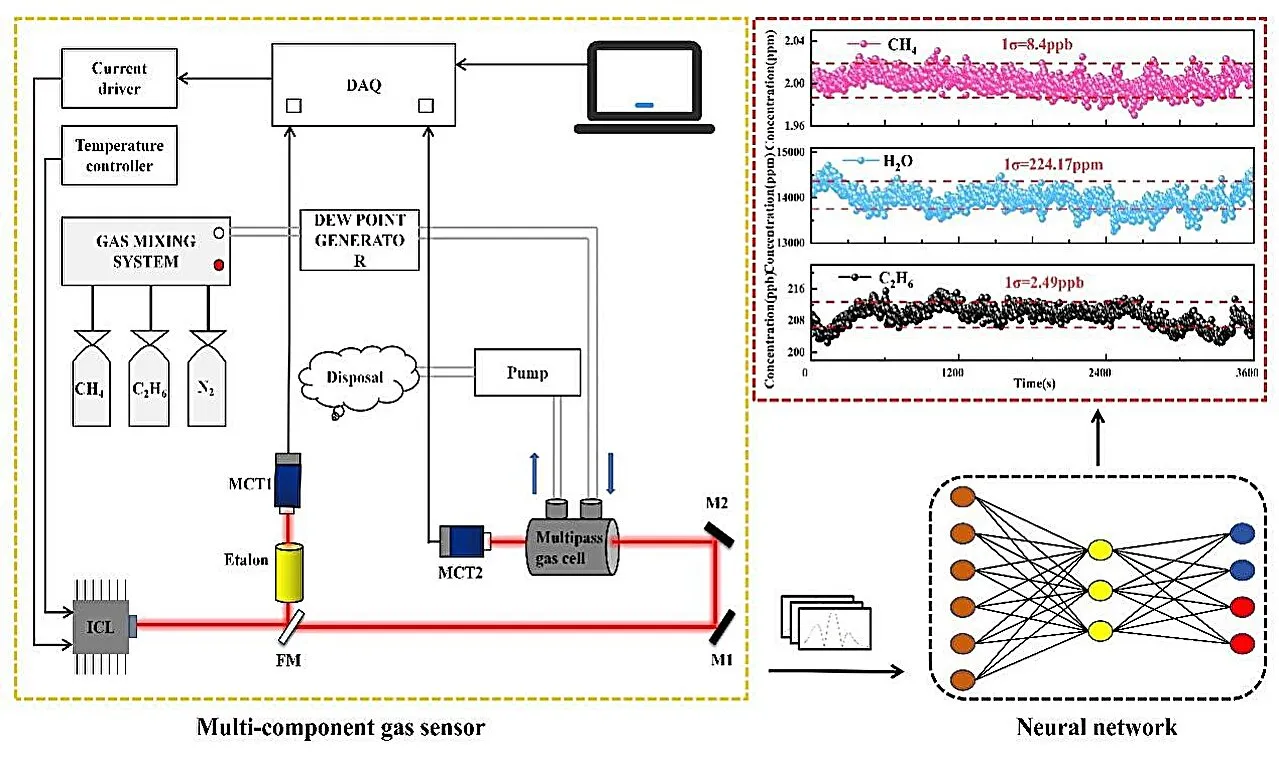Hi-Tech News: Neural Network Algorithms Revolutionizing Gas Detection Technology

The Dawn of Advanced Gas Detection Technology
Tunable diode laser absorption spectroscopy (TDLAS) technology holds significant potential for greenhouse gas detection, due to its advantages of non-contact, real-time measurements. However, the integration of a neural network algorithm marks a pivotal advancement in this field. This innovation not only optimizes existing systems but also provides unprecedented accuracy in detecting various gases.
Key Advantages of Neural Network Algorithms
- Enhanced accuracy: Neural networks can analyze complex data patterns to improve detection rates.
- Real-time processing: Applications benefit from immediate data analysis, essential for environmental monitoring.
- Less environmental impact: Non-contact methods reduce the need for invasive detection techniques.
Future Implications of Innovation in Gas Detection
The future of gas detection technology lies in further enhancing information technology capabilities. By marrying TDLAS with neural network algorithms, researchers are paving the way for innovations that will drive industry standards and improve response strategies in environmental management.
This article was prepared using information from open sources in accordance with the principles of Ethical Policy. The editorial team is not responsible for absolute accuracy, as it relies on data from the sources referenced.